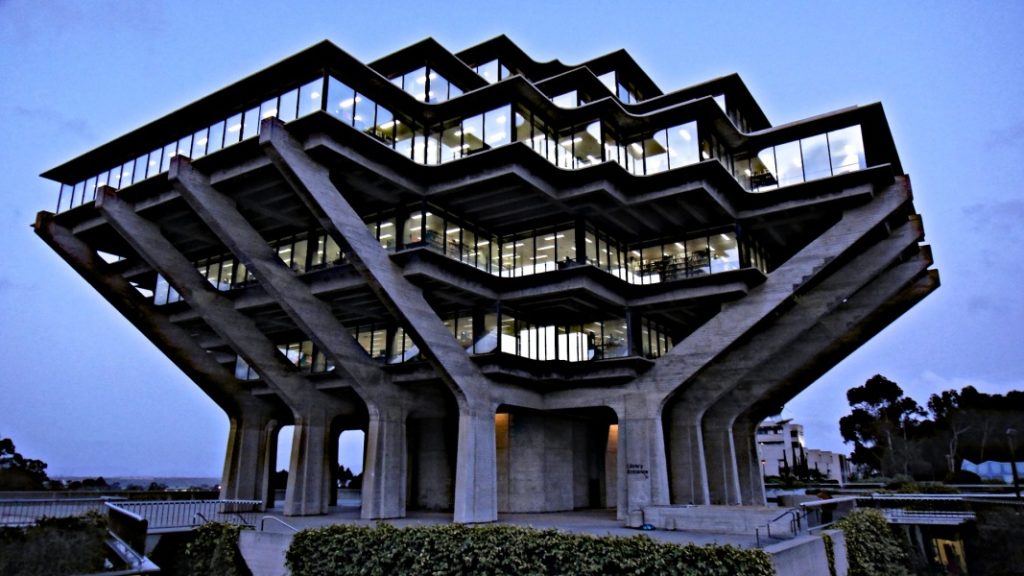
The library of the University of California, San Diego was designed by Pereira to link brutalism and futurism. The five-story tower appears to simultaneously sit and levitate above the two subterranean floors and outdoor plaza. Special thanks to Rohan G…
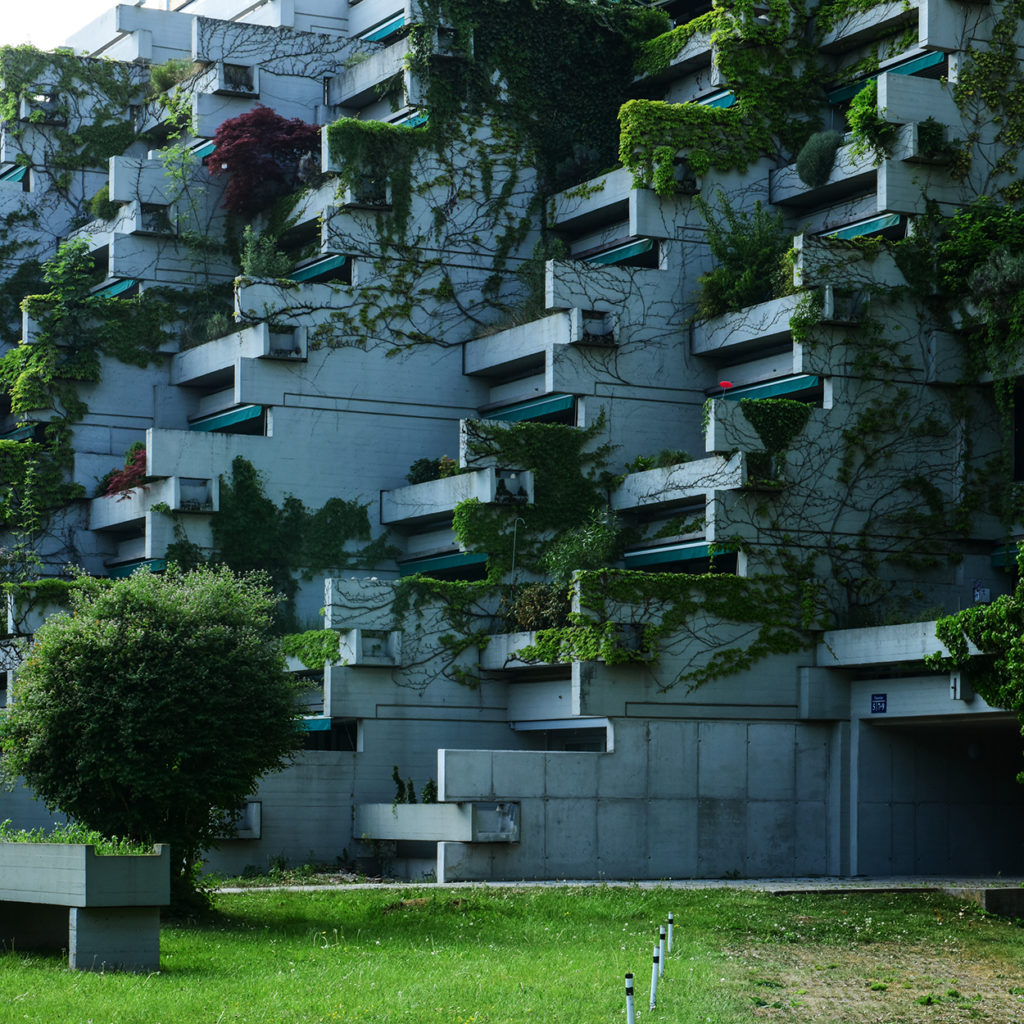
No description yet: Can you help?
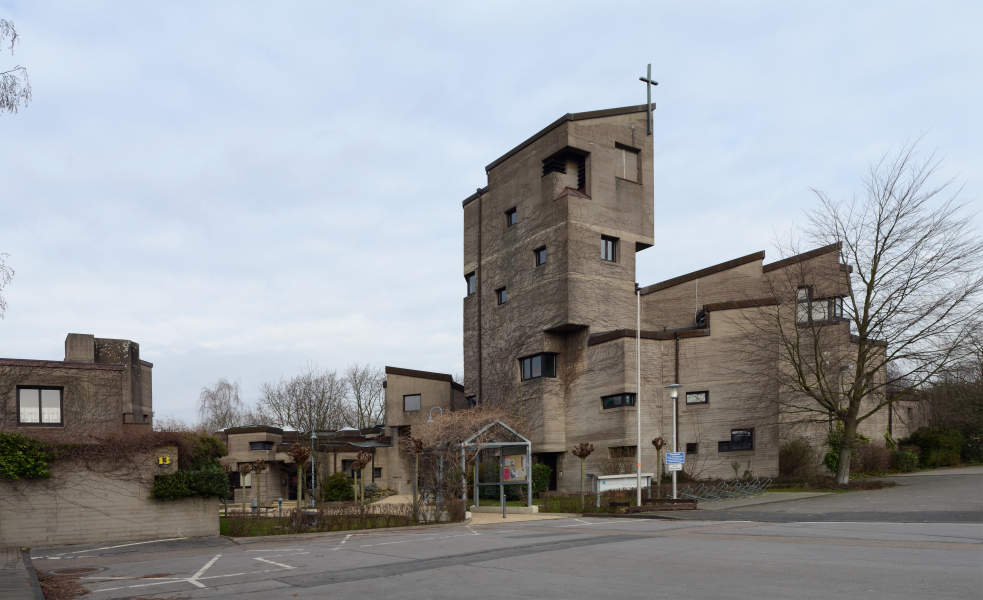
No description yet: Can you help?
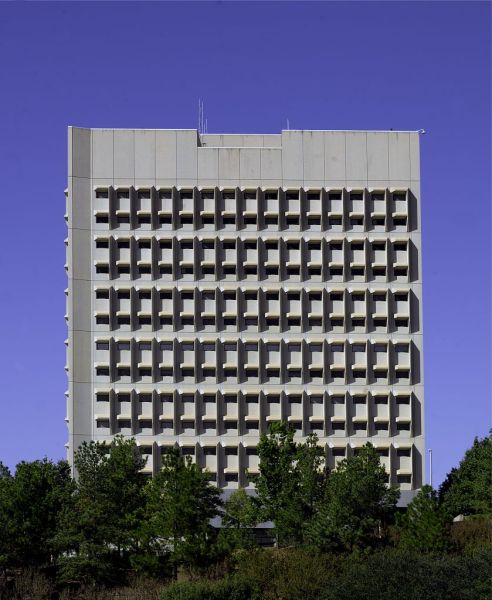
No description yet: Can you help?
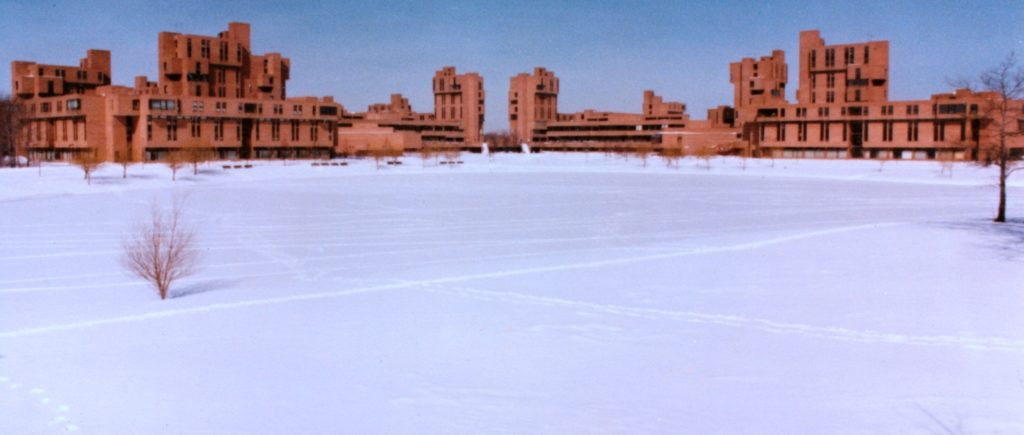
No description yet: Can you help?

The structure is derived from the context: the building is oriented according to the prevailing winds. It overlooks the river and the daily spectacle of people washing clothes, buffaloes, and donkeys while standing in the water. The east and west façad…
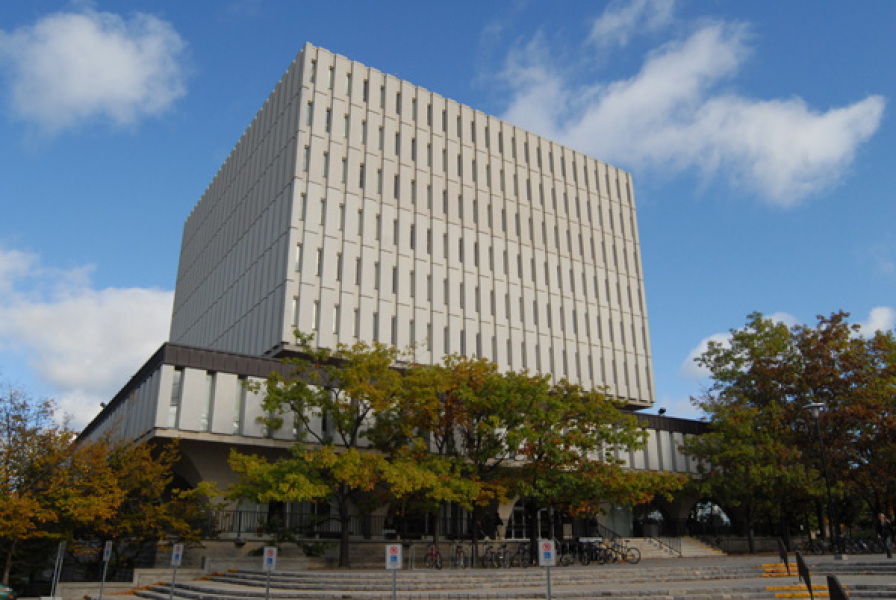
Shortly after its completion the upper three storey cube was doubled in height, leading to a more monumental character. The funnel-shaped pillars at the bottom frame the façade in a very plastic way.
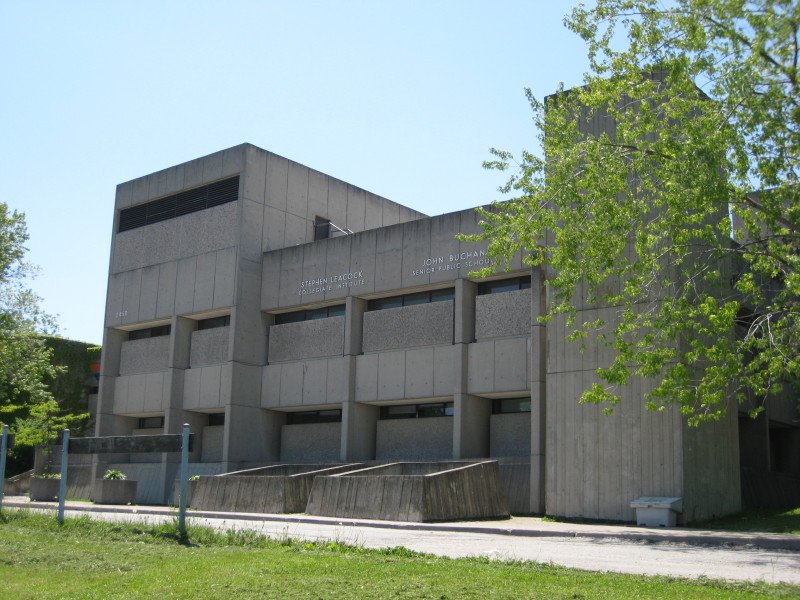
No description yet: Can you help?
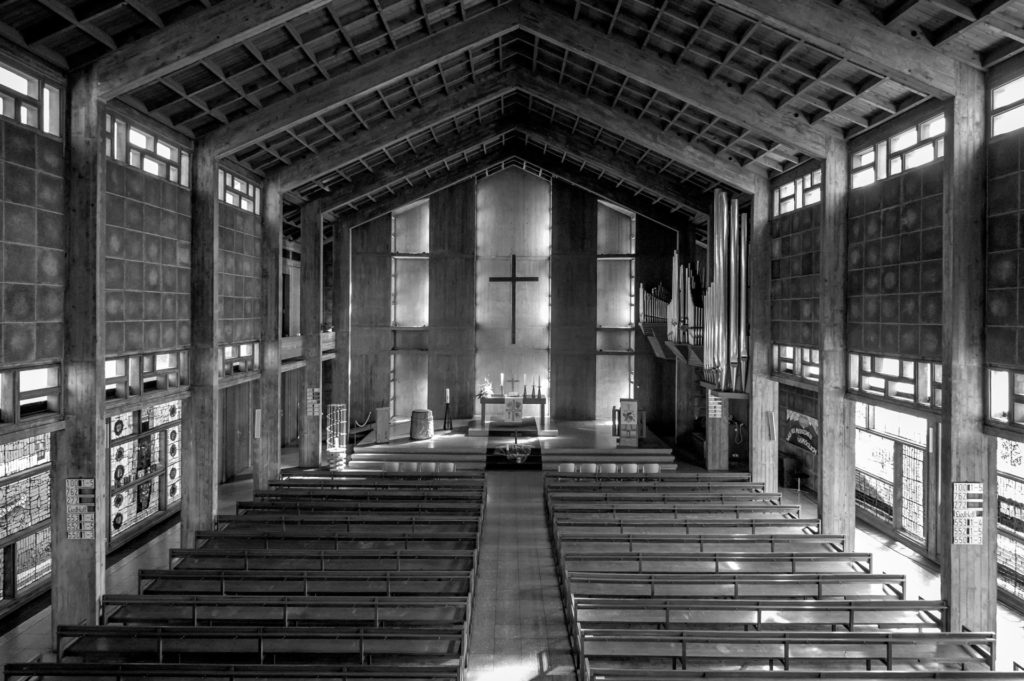
No description yet: Can you help?
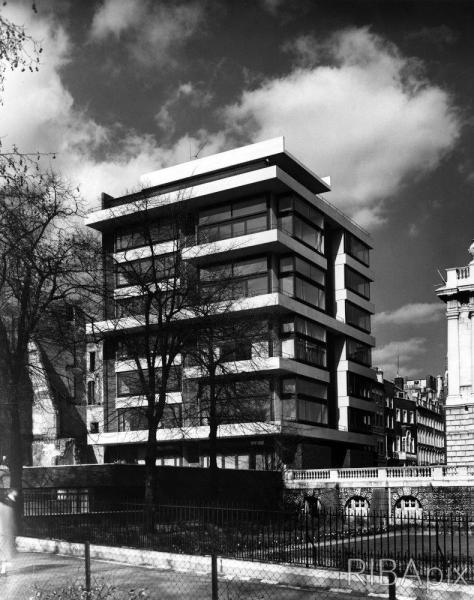
At first sight the block does not look particularly brutalist. Banham emphasized the rooftop structure however, “where shutter-patterned concrete has been raised (or debased?) to the level of a fine-art material”.
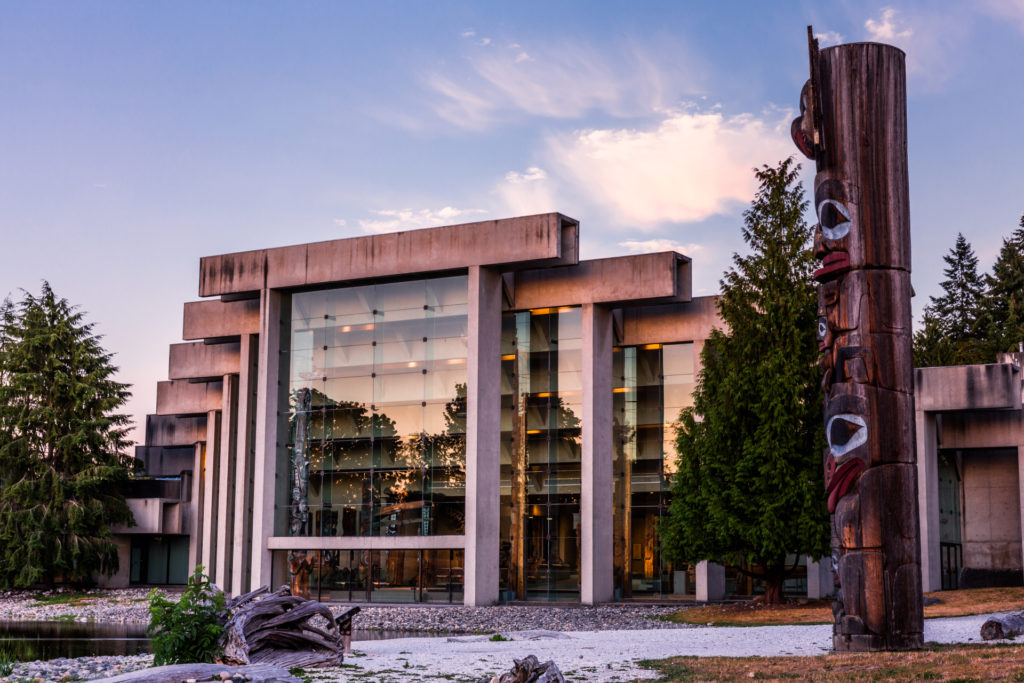
No description yet: Can you help?
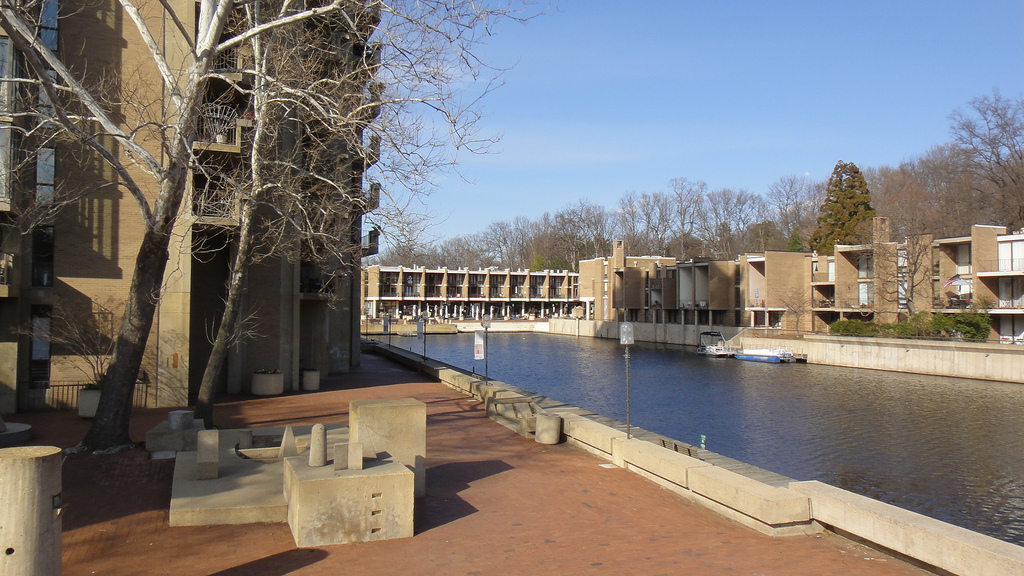
No description yet: Can you help?
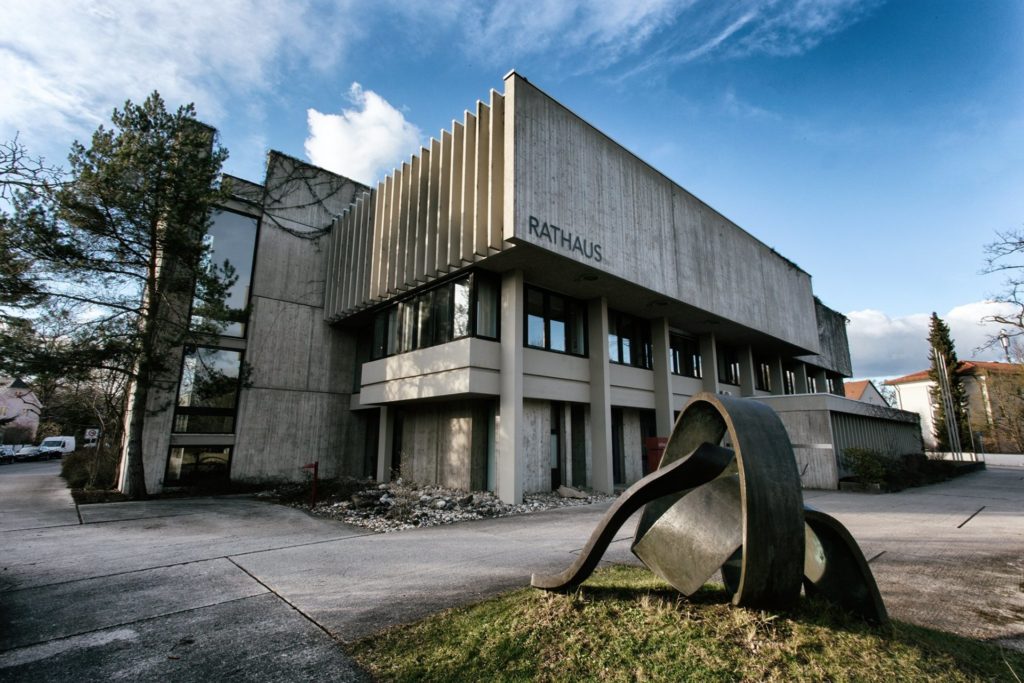
No description yet: Can you help?
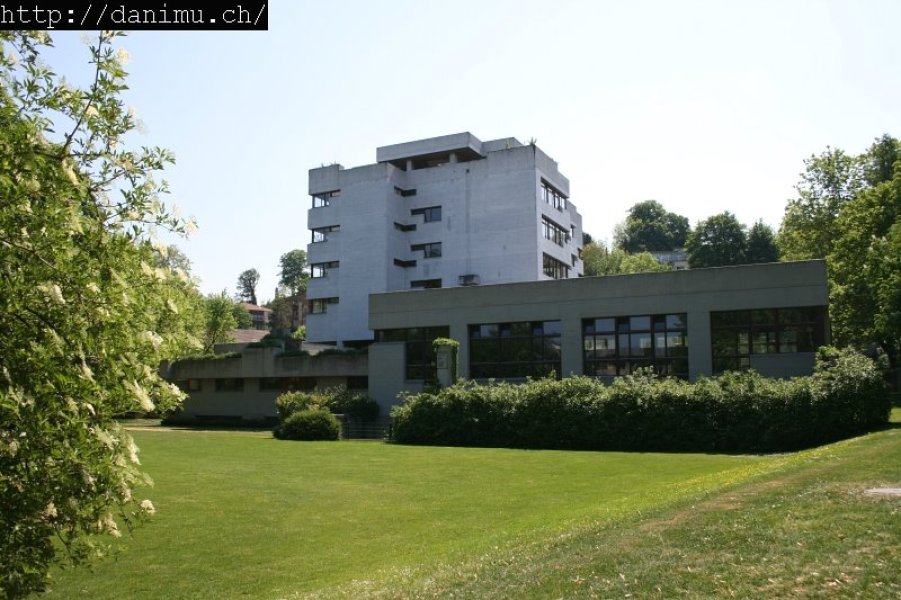
No description yet: Can you help?
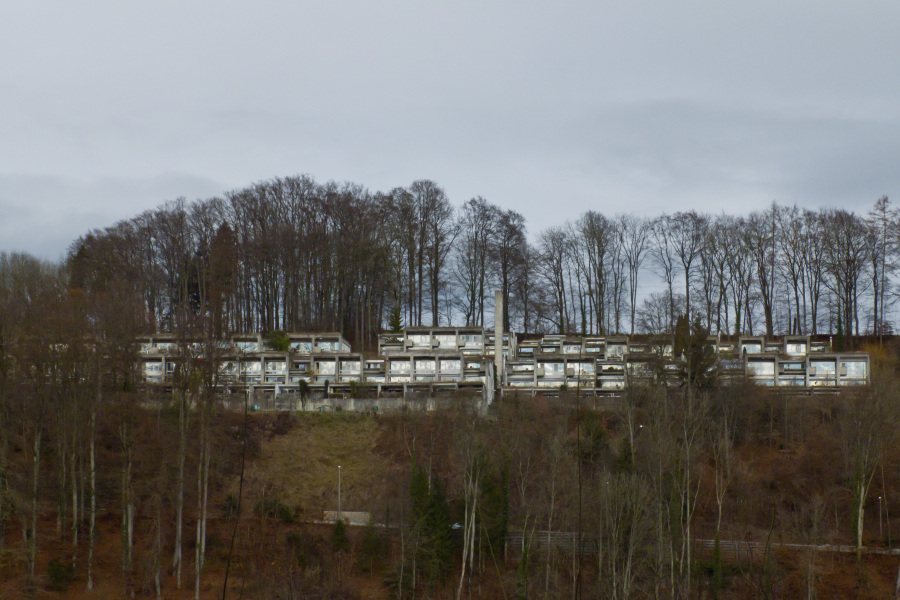
The 78 residential units, each only 4 or 5 meters wide, were erected in a section of woods outside Bern that the architects had themselves acquired. The village-like structure and the intelligent design of threshold spaces made a new contribution to den…
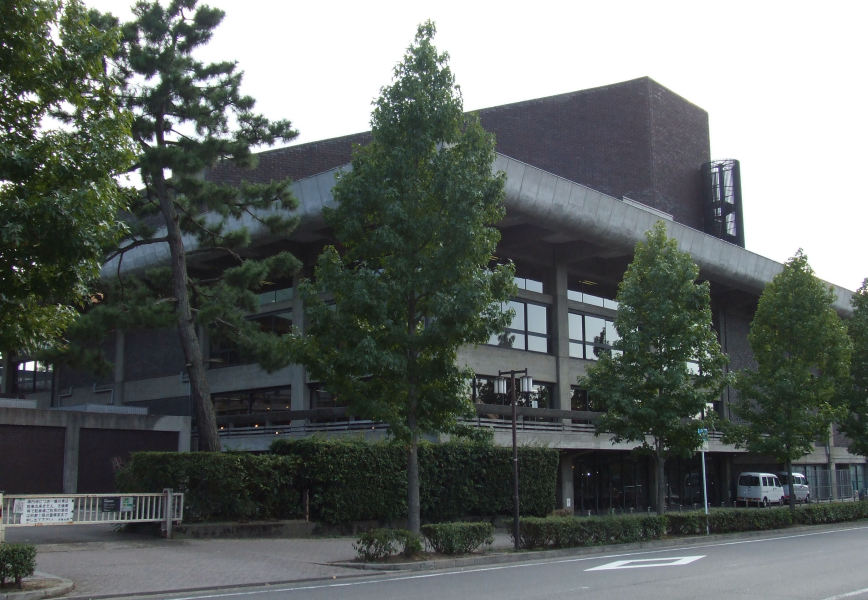
No description yet: Can you help?
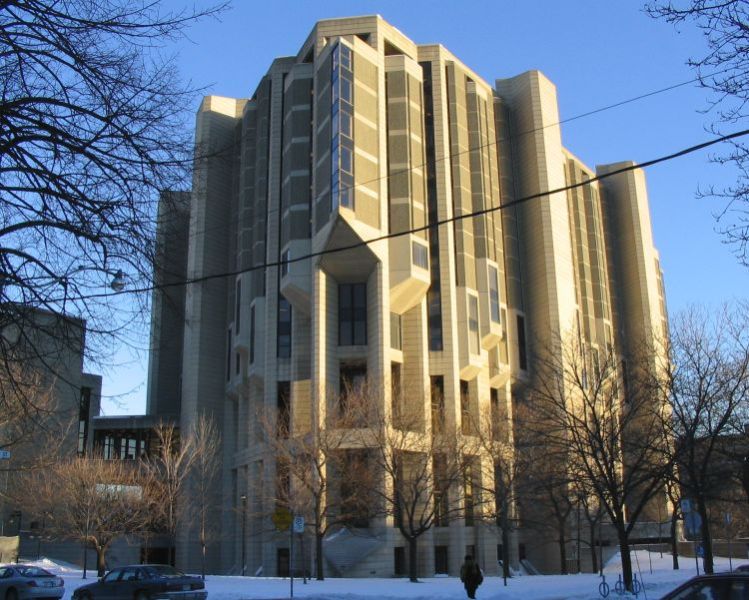
No description yet: Can you help?

No description yet: Can you help?
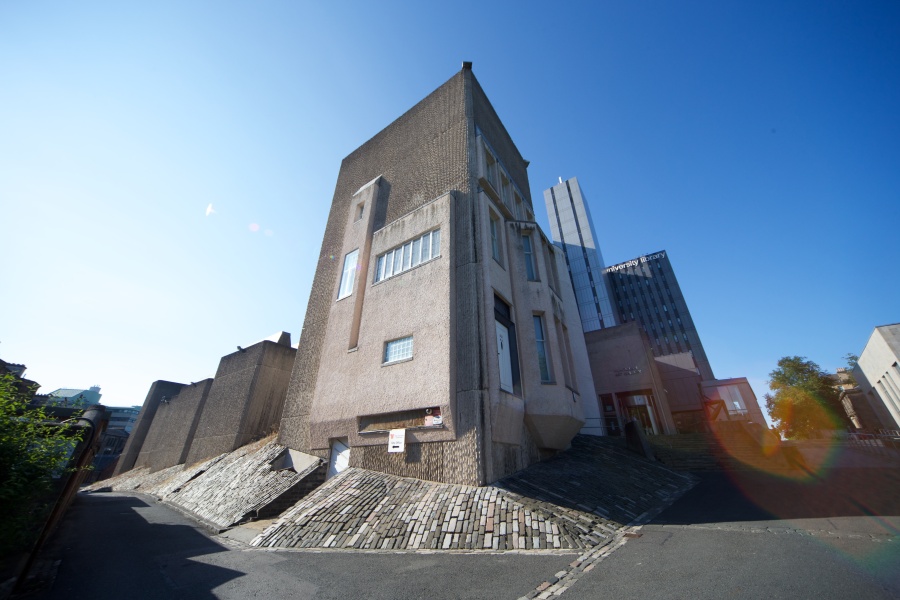
No description yet: Can you help?
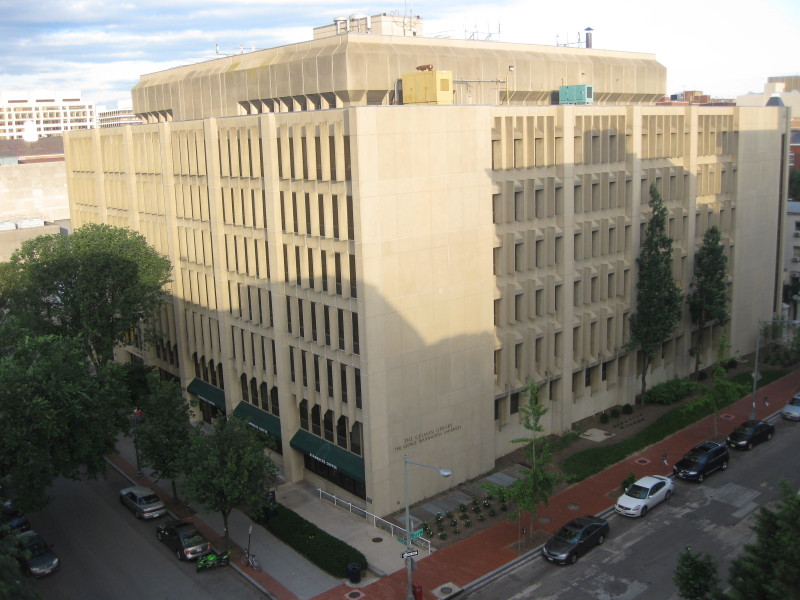
No description yet: Can you help?



















